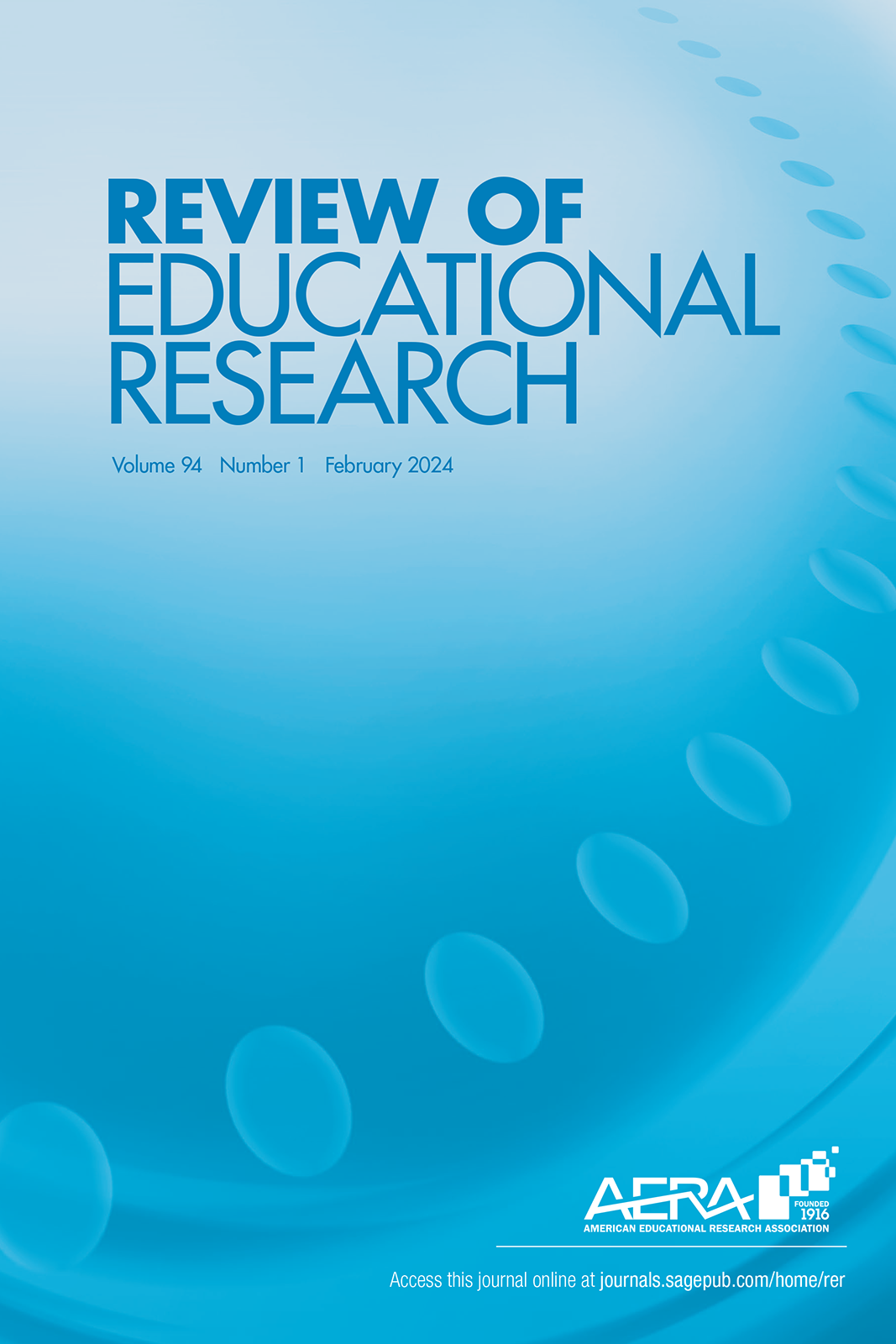迈向统计学习与阅读的模式:来自元分析的证据
IF 8.3
1区 教育学
Q1 EDUCATION & EDUCATIONAL RESEARCH
引用次数: 11
摘要
内隐学习的一个引人注目的证明是人类无意识地检测和内化复杂环境输入的统计模式的能力。这种被称为统计学习的能力,已经在阅读障碍患者中进行了研究,他们使用了不同拼写的各种任务。然而,关于失读症的统计学习受损或完整的结论仍然是混合的。本研究对已发表和未发表的研究进行了系统的文献检索,比较了阅读障碍患者和非阅读障碍患者在不同正字法下使用不同学习范式的统计学习。我们确定了49篇论文,包括59项实证研究,代表了1259名阅读障碍参与者和1459名典型发展对照的数据。结果显示,平均而言,阅读障碍个体在统计学习方面的表现比年龄匹配的对照组更差,无论学习范式或正字法(平均加权效应值d = 0.47, 95%置信区间[0.36,0.59],p < .001)。元回归分析进一步发现,研究间效应量的异质性可以通过一个读者特征(即言语智商)来解释,而不能通过任务特征(即任务范式、任务模态和刺激类型)来解释。这些发现表明了跨语言阅读障碍的统计学习弱点,并支持对统计学习和阅读的新理论模型的需求,即SLR模型,该模型阐明了在建立深度学习和阅读的统计最佳表征时,读者和任务特征是如何由多成分记忆系统调节的。本文章由计算机程序翻译,如有差异,请以英文原文为准。
Toward a Model of Statistical Learning and Reading: Evidence From a Meta-Analysis
A compelling demonstration of implicit learning is the human ability to unconsciously detect and internalize statistical patterns of complex environmental input. This ability, called statistical learning, has been investigated in people with dyslexia using various tasks in different orthographies. However, conclusions regarding impaired or intact statistical learning in dyslexia remain mixed. This study conducted a systematic literature search of published and unpublished studies that compared statistical learning between people with and without dyslexia using different learning paradigms in different orthographies. We identified 49 papers consisting of 59 empirical studies, representing the data from 1,259 participants with dyslexia and 1,459 typically developing controls. The results showed that, on average, individuals with dyslexia performed worse in statistical learning than age-matched controls, regardless of the learning paradigm or orthography (average weighted effect size d = 0.47, 95% confidence interval [0.36, 0.59], p < .001). Meta-regression analyses further revealed that the heterogeneity of effect sizes between studies was significantly explained by one reader characteristic (i.e., verbal IQ) but no task characteristics (i.e., task paradigm, task modality, and stimulus type). These findings suggest domain-general statistical learning weakness in dyslexia across languages, and support the need for a new theoretical model of statistical learning and reading, that is, the SLR model, which elucidates how reader and task characteristics are regulated by a multicomponent memory system when establishing statistically optimal representations for deep learning and reading.
求助全文
通过发布文献求助,成功后即可免费获取论文全文。
去求助
来源期刊

Review of Educational Research
EDUCATION & EDUCATIONAL RESEARCH-
CiteScore
24.10
自引率
2.70%
发文量
28
期刊介绍:
The Review of Educational Research (RER), a quarterly publication initiated in 1931 with approximately 640 pages per volume year, is dedicated to presenting critical, integrative reviews of research literature relevant to education. These reviews encompass conceptualizations, interpretations, and syntheses of scholarly work across fields broadly pertinent to education and educational research. Welcoming submissions from any discipline, RER encourages research reviews in psychology, sociology, history, philosophy, political science, economics, computer science, statistics, anthropology, and biology, provided the review addresses educational issues. While original empirical research is not published independently, RER incorporates it within broader integrative reviews. The journal may occasionally feature solicited, rigorously refereed analytic reviews of special topics, especially from disciplines underrepresented in educational research.
 求助内容:
求助内容: 应助结果提醒方式:
应助结果提醒方式:


